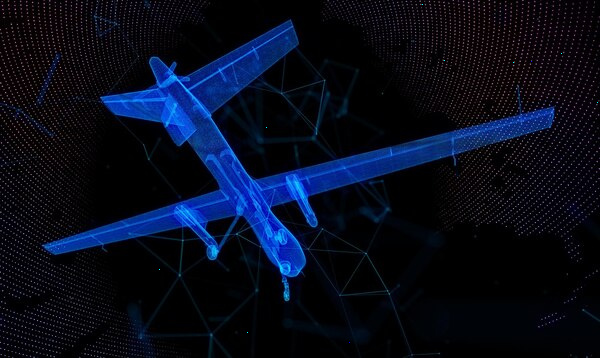Advancements in Aviation Safety
Aviation safety has seen remarkable advancements over the years, making air travel one of the safest modes of transportation. Continuous improvements in technology, rigorous training of flight crews, and stringent regulatory measures have all contributed to making air travel safer than ever before. In this article, we explore some of the key advancements that have significantly enhanced aviation safety.
One of the most significant advancements in aviation safety is the development and implementation of advanced avionics systems. Modern aircraft are equipped with sophisticated navigation, communication, and monitoring systems that provide pilots with real-time information and aid in decision-making processes. The Enhanced Ground Proximity Warning Systems (EGPWS) and Traffic Collision Avoidance Systems (TCAS) are pivotal technologies that help prevent accidents caused by terrain and mid-air collisions, respectively.
Another crucial area of advancement is aircraft design and materials. Engineers are continually working to improve the structural integrity of airplanes, using lightweight and durable materials such as carbon composites. These materials not only enhance the fuel efficiency of aircraft but also contribute to their overall safety by improving their resilience under stress.

Automation has also played a significant role in enhancing aviation safety. Autopilot systems can manage flights from takeoff to landing with extraordinary precision, reducing the risk of human error. While pilots remain essential for handling unexpected situations, automation assists with routine operations and relieves some of the workload, allowing pilots to focus on safety-critical tasks.
Pilot training has advanced significantly with the use of flight simulators. These state-of-the-art simulators provide immersive training experiences that closely mimic real-life flying scenarios. Pilots can practice and perfect their response to various emergencies in a controlled environment, leading to better preparedness and competence in the cockpit.
The role of regulatory bodies such as the Federal Aviation Administration (FAA) and the European Union Aviation Safety Agency (EASA) is critical in maintaining and improving safety standards. These organizations set stringent guidelines and regulations that airlines and aviation manufacturers must adhere to, ensuring that aircraft operations are consistently safe and reliable.
Moreover, data analytics and predictive maintenance have introduced a proactive approach to aviation safety. Airlines can now leverage vast amounts of data to predict potential mechanical failures before they occur, reducing the likelihood of in-flight malfunctions. Predictive maintenance allows for timely repairs and replacements, ensuring that aircraft remain in optimal condition.
The global commitment to aviation safety is further evidenced by the push for more comprehensive safety management systems (SMS). These systems foster a culture of safety within aviation organizations by integrating safety competencies into every aspect of an operation. By focusing on risk management and continuous improvement, airlines can identify potential hazards before they become incidents.
In recent years, the industry has also made significant strides in cybersecurity. With increasing reliance on digital technologies, ensuring the security of communication and navigation systems against cyber threats has become paramount. Implementing robust cybersecurity measures helps protect both onboard and ground systems from potential breaches.
Finally, international collaboration remains a cornerstone of aviation safety. By sharing knowledge, best practices, and data across borders, aviation authorities and organizations can collectively elevate safety standards. The International Civil Aviation Organization (ICAO) plays a pivotal role in promoting global cooperation and consistency in safety regulations.
In conclusion, advancements in aviation safety have transformed the industry, resulting in a remarkable decline in aircraft accidents and incidents. As technology continues to evolve, the future of aviation promises even more innovative solutions to keep air travel safe and reliable for passengers worldwide. Through ongoing investments in research, training, and international cooperation, the aviation industry is well-equipped to meet the challenges of tomorrow while maintaining an unwavering commitment to safety.